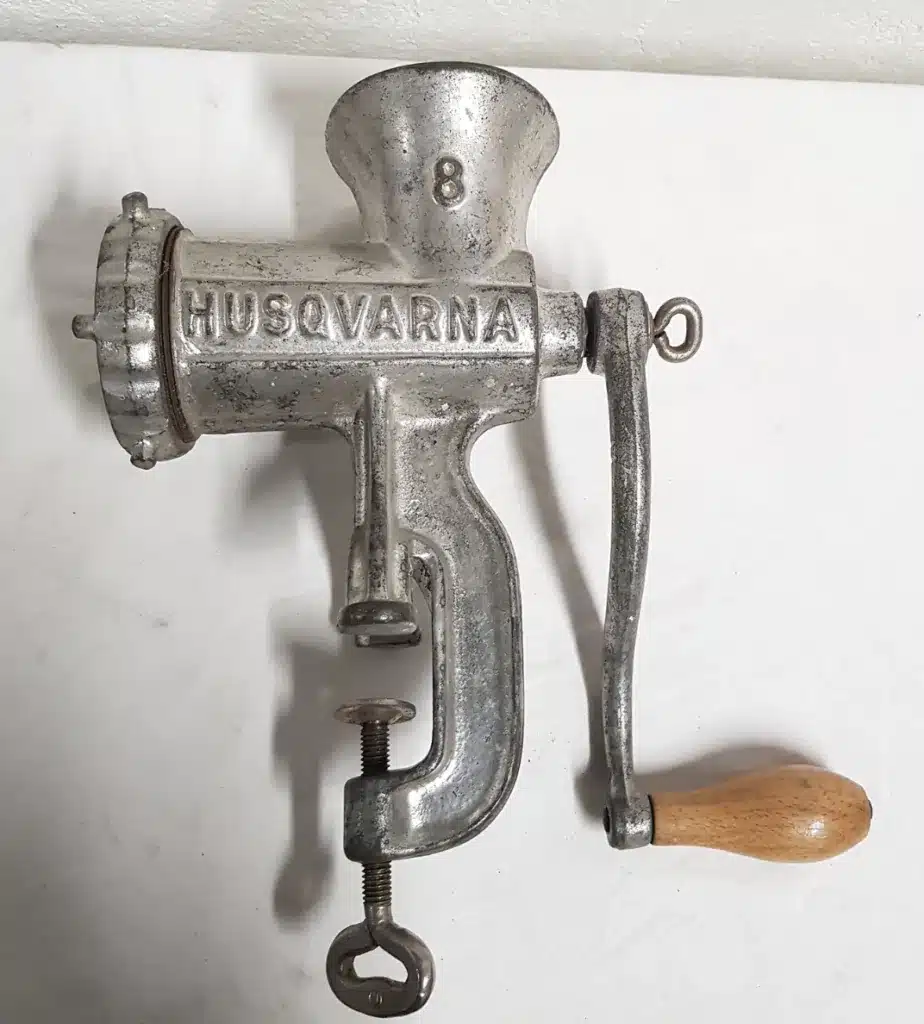Have you ever paused to consider how the kitchen tools we use daily came into existence? Today, let’s journey back in time to uncover the fascinating history of one such indispensable appliance: the mixer.
The Early Days of Mixing
Our story begins in the mid-19th century, a time when inventors around the world were exploring ways to simplify and improve the process of mixing ingredients. In 1856, Ralph Collier, a tinner from Baltimore, patented the first mixer with rotating parts. Just a year later, E.P. Griffith introduced the whisk—a revolutionary tool for blending ingredients. In 1859, the Monroe brothers, J.F. and E.P., made their mark with a hand-turned rotary egg beater, which was soon patented in the United States.
These early innovations caught the attention of the Dover Stamping Company, which acquired the Monroe Brothers’ patent. The Dover egg beaters became an iconic American brand, affectionately known as the “Dover beater.” Such was their popularity that a recipe in the Cedar Rapids Gazette from February 1929 featured the Dover beater in a dessert called “Hur-Mon Bavarian Cream.”

Enter the Electric Era
In 1885, the first electric mixer was introduced, thanks to the ingenuity of American inventor Rufus Eastman. However, it was the Hobart Manufacturing Company that truly revolutionized the industry with their large commercial mixers. In 1914, they launched a groundbreaking model that forever changed the landscape of mixing.
As the 20th century progressed, two notable American brands, Hobart KitchenAid and Sunbeam Mixmaster, emerged as consumer favorites. Despite their popularity, electric mixers were still a rarity in most households until the 1920s, when they began to gain widespread acceptance for home use.
The Stand Mixer: A Game Changer
In 1908, Herbert Johnston, an engineer for the Hobart Manufacturing Company, had a breakthrough moment while watching a baker struggle to mix bread dough with a metal spoon. He realized there had to be a better way and set out to create a mechanical solution.
By 1915, Johnston’s 20-gallon mixer had become standard equipment in most large bakeries. Just four years later, in 1919, the Hobart Manufacturing Company introduced the KitchenAid Food Preparer, later known as the stand mixer. This revolutionary invention quickly became a staple in kitchens across the country.

The Evolution of Kitchen Tools
From the hand-turned rotary beaters of the 19th century to the advent of electric motors and the creation of the stand mixer, this essential kitchen tool has undergone countless innovations, all designed to make our culinary lives easier.
So, the next time you whip up a batch of cookies or blend a cake batter, take a moment to appreciate the rich history behind your trusty mixer—a testament to human ingenuity and the drive to simplify everyday tasks.
The Meat Grinder: Another Kitchen Marvel
Another versatile kitchen tool with a fascinating history is the meat grinder, known as the “meat mincer” in the United Kingdom. This appliance has been essential for mincing and mixing raw or cooked meat, fish, vegetables, and more.
The journey of the meat grinder dates back to the 19th century when Karl Drais invented the first version of this remarkable tool. Early meat grinders were hand-cranked, forcing meat through a metal plate with small holes, resulting in long, thin strands of flesh.
With technological advancements and the rise of electricity, manufacturers began producing powered meat grinders. Modern electric grinders allow for the seamless and uniform processing of large quantities of meat. Some models even feature attachments for sausage-making, kibbe, and juicing, greatly expanding the range of applications for meat grinders.
So, the next time you’re mincing meat for a savory dish or crafting homemade sausages, remember the ingenuity and evolution behind your meat grinder. It’s a reminder of how kitchen tools have developed to enhance our culinary experiences.





